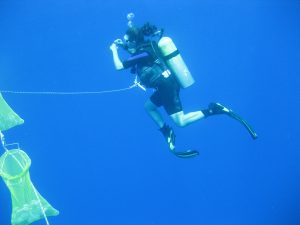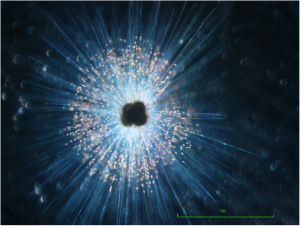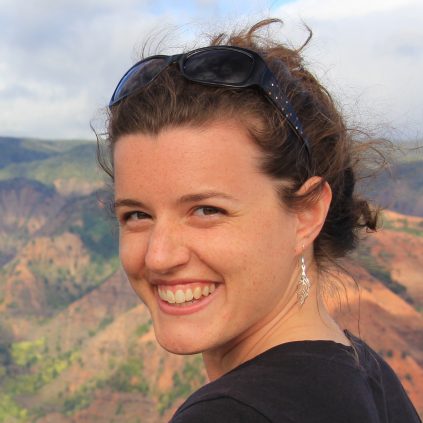Katherine Allen
Marine/Coastal and Sedimentary Group
Research Overview: I study oceans and climate, both past and present. The ocean plays a key role in regulating Earth’s climate, in part because it has the capacity to store, release, and transport enormous amounts of heat and carbon. I investigate past ocean conditions to understand how the ocean-climate system works on timescales that extend beyond historical records. Ancient marine sediments serve as a rich archive of the conditions in which they were deposited — they contain chemical, physical, and biological signatures of ocean history. For example, in one of my current projects I am reconstructing deep ocean temperature and carbonate chemistry in the South Pacific since the last ice age. To establish quantitative records, I analyze the chemical composition of marine micro-fossils (shells) that have accumulated on the sea floor over thousands of years. Specific relationships between shell composition and contemporary growth conditions (e.g., temperature, pH, salinity) must be calibrated in the modern ocean. To improve our ability to reconstruct past conditions, I also perform calibration experiments with live organisms such as foraminifera. By growing foraminifera under a range of controlled conditions in the laboratory and then analyzing different aspects of their shell composition, we can establish new tools for deriving quantitative information from the fossil record, thus opening new avenues for investigating ocean-climate links.





